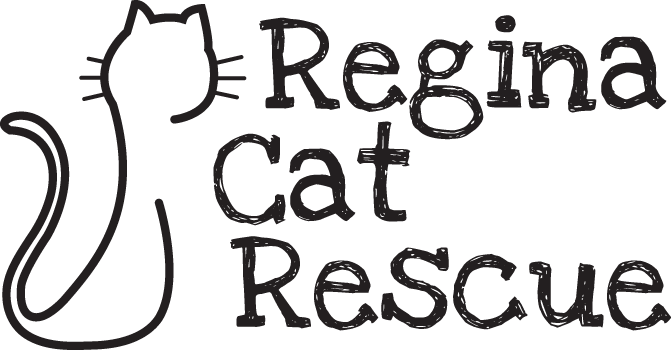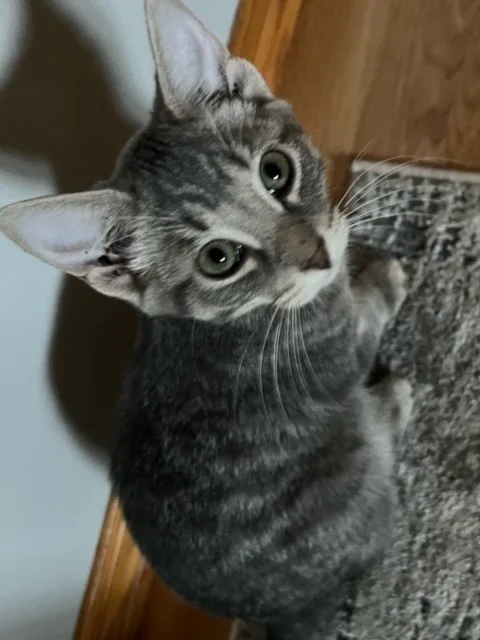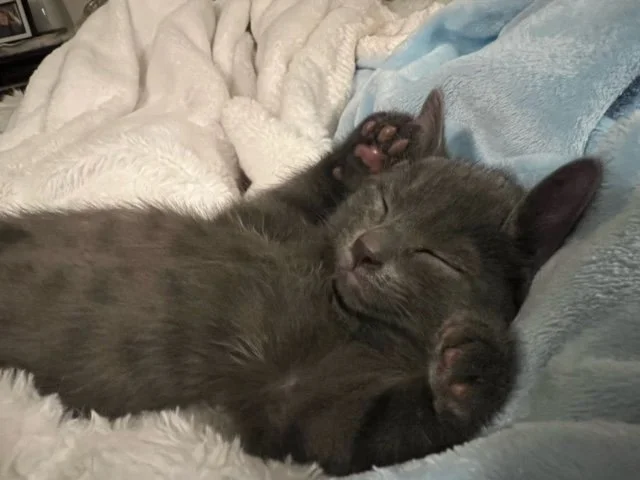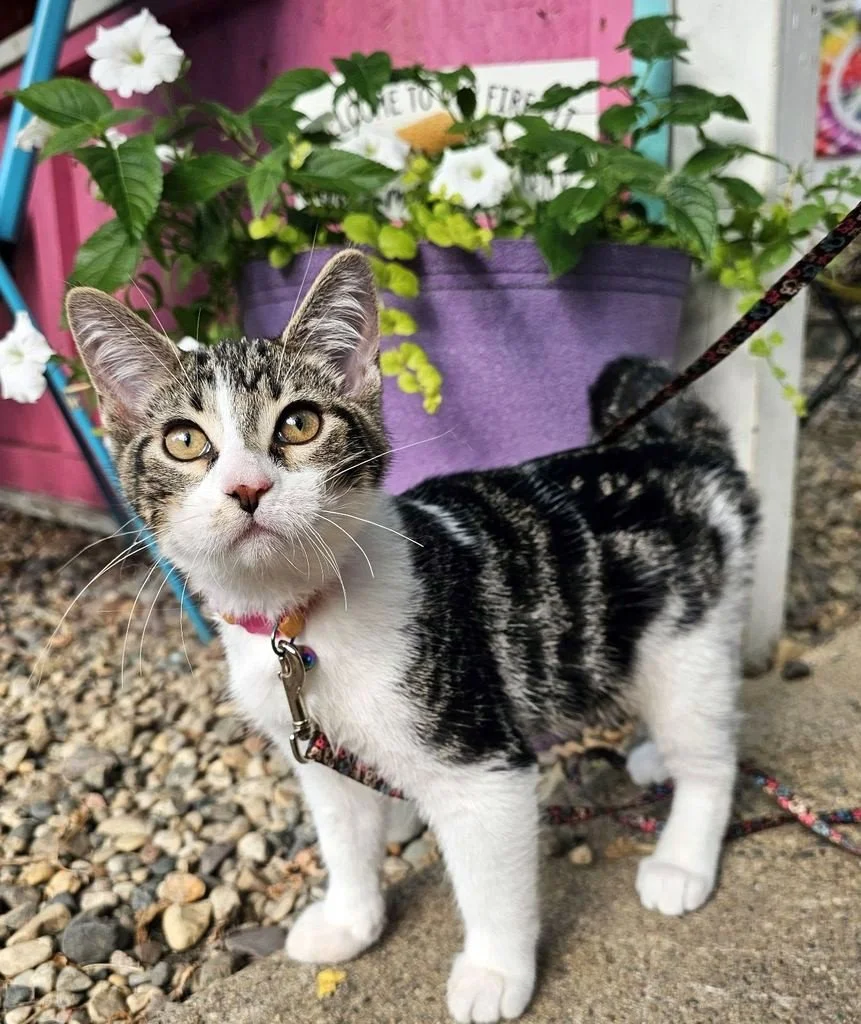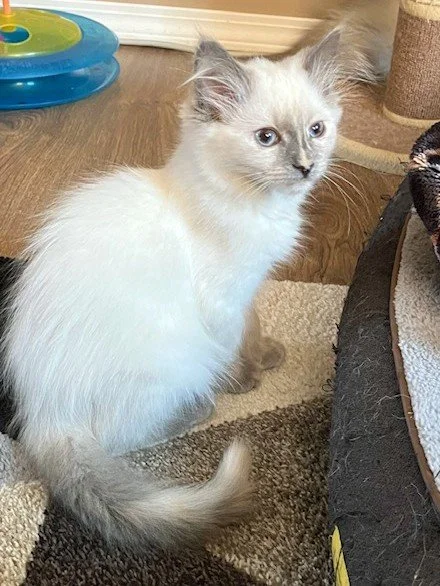Feline Immunodeficiency Virus (FIV) and Feline Leukemia Virus Testing
/Veterinary consultation and advice will guide decision-making:
When a veterinarian advises or agrees that test(s) for FIV or FeLeuk are indicated, the test(s) must be performed
When a veterinarian advises or agrees that test(s) for FIV or FeLeuk are not indicated, the test(s) need not be performed
When a veterinarian advises or agrees, in view of tame or feral cat’s condition and the associated circumstances, and in the presence of joint long term planning with the rescue group, that immediate euthanasia is not the only option for tame or feral cat, then euthanasia need not be carried out
When a veterinarian recommends, in view of tame or feral cat’s condition and the associated circumstances, that immediate euthanasia for tame or feral cat is strongly indicated, then euthanasia must be carried out
Indications that guide decision whether or not to test for FIV and FeLeuk:
"Yes" when:
Tame or feral cat has noticeable signs or symptoms of disease that together point to a serious acute or chronic disease condition
Tame or feral cat has wounds suspected to be inflicted by another animal
Tame cat from neighbourhood at high risk for disease is going into permanent home or foster care
Tame or feral cat develops an infection post-sterilization
Note: When tame and going into permanent home or foster care, then must perform 2 tests 6 months apart
"No" when:
Feral cat has no signs or symptoms of disease, regardless of risk of disease in neighbourhood where found – the reasoning behind decision is twofold: 1) if cat tests positive yet is still in a healthy state, there is no compelling reason to perform the test unless plan is to euthanize (cat may have a good quality of life, even if brief) and 2) it may not be the best use of rescue group’s limited financial resources
Tame cat has no signs or symptoms of disease, regardless of risk of disease in neighbourhood where found – the reasoning behind decision is threefold: 1) new owner can elect to have the test done, 2) many pet owners and Regina Humane Society do not routinely do these tests, and 3) it may not be the best use of rescue group’s limited financial resources
Indications that guide decision whether or not to euthanize in the presence of a positive test:
Feline Leukemia
Feral cat testing positive for FeLeuk with mild or advanced signs or symptoms of disease must be euthanized, regardless of immediate prognosis
Feral cat testing positive for FeLeuk without signs or symptoms of disease must be euthanized, regardless of immediate prognosis, unless it can be placed into specialized foster/permanent care situation (i.e. sanctuary for cats with FeLeuk)
Tame cat testing positive for FeLeuk with mild or advanced signs or symptoms of disease, and prognosis is dire must be euthanized
Tame cat testing positive for FeLeuk without signs or symptoms of disease, where arrangements can be made to secure appropriate long term caregiver commitment to accommodate special needs need not be euthanized
Tame cat testing positive for FeLeuk with mild signs or symptoms of disease, where prognosis is favourable for a remission of the acute overlying condition, and arrangements can be made to secure appropriate long term caregiver commitment to accommodate special needs need not be euthanized
Feline Immunodeficiency Disease
Feral cat testing positive for FIV with advanced signs or symptoms of feline immunodeficiency disease, must be euthanized regardless of immediate prognosis
Feral cat testing positive for FIV with corresponding signs or symptoms of mild feline immunodeficiency disease, where prognosis is favourable for a remission of the acute overlying condition, and there is confidence that the cat can be released to the home colony to be supported and monitored need not be euthanized
Feral cat testing positive for FIV without corresponding signs or symptoms of feline immunodeficiency disease, where there is confidence that the cat can be released to the home colony to be supported and monitored need not be euthanized
Tame cat testing positive for FIV with advanced signs or symptoms of feline immunodeficiency disease, and prognosis is dire must be euthanized
Tame cat testing positive for FIV with no or mild corresponding signs or symptoms of mild feline immunodeficiency disease, where the prognosis is favourable for a remission of an acute overlying condition if it exists, and arrangements can be made to secure appropriate long term caregiver commitment to accommodate special needs need not be euthanized
Note: When tame cat is sero-positive for FIV and going into permanent home or foster care, placement must be as a single cat in the household or in a household with other cat(s) testing sero-positive for FIV; healthy cats must not be introduced to household due to the risk for infection
